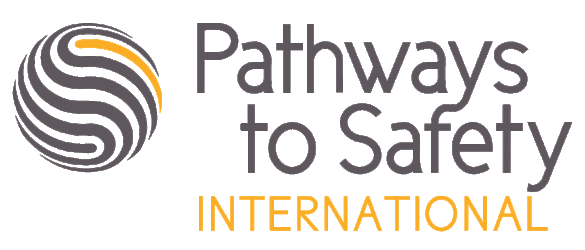Stalking using Technology
Many abusive people use technology to watch or stalk their partners. Stalking technology is often cheap or free, and can be very easy to use even for abusers who are not familiar with technology. Be especially cautious of abusers who are tech-savvy. Those whose professions or hobbies involve computers and technology could potentially be monitoring your computer activities. It is possible to monitor private information from websites, emails, instant messages, or phone calls (through services like Skype). Take precautions when visiting websites that contain domestic violence or sexual assault advocacy and safety planning resources. Try to use a computer that your abuser doesn’t have access to or hasn’t ever used, especially when searching or reaching out for assistance. Public places such as libraries, community centers, or internet cafés may be safer options than a personal computer. Consider using the computer of a trusted family member or friend that your abuser doesn’t have access to or know about.
Be very cautious of your email account. If you even suspect that your abuser might have knowledge of your password and login information, change it immediately. Consider changing your account’s security questions or PIN. The safest option is to create a new email or instant messaging account on a safe computer. Do not create or check this new account on a computer that the abuser has access to. Set up a new email account that is provided through a free website, such as Hotmail, Google, or Yahoo. Create an email that does not have your first/last name/important information that the abuser can associate you to.
Be careful when using your computer and be aware of what you use it for. It’s impossible to completely clear the history of all sites you have visited. There is computer monitoring software that can easily be placed on a computer which allows an abuser to view all of your computer activity. Use caution when visiting any of your bank accounts or other financial accounts that your abuser might also have access to. Consider using computers at an internet café/library your abuser wouldn’t know about.
Avoid using a personal cellphone for safety planning, if possible, especially when your abuser and you are on the same phone plan. Text messages and cellphone calls may be available on your phone bill or by contacting your provider. This can give your abuser information about to whom and where you have been making phone calls. If possible, use the phone of a trusted friend or family member or find a public phone. Consider using a prepaid or “burner” cellphone for making calls to domestic violence and/or sexual assault hotlines, shelters, or friends and family members. These prepaid cellphones are not as easily traceable as a “smart” phone is.
GPS, a location tracking device, is now installed in many cell phones and cars. There are apps that can be used to track your whereabouts through your phone. Contact your cell phone carrier to see if the GPS in your phone has been activated or can used to locate you. GPS trackers can also be placed inside your car or personal object such as a purse or a child’s toy to follow your movement.
If you think your activities are being monitored or that you are being followed, you are probably right. Abusers are persistent and use creative ways to maintain power and control. Trust your instincts and talk to a Crisis Advocate to create a plan.
*Information on Technology and Safety was adapted from the National Network to End Domestic Violence, http://nnedv.org/projects/safetynet.html
